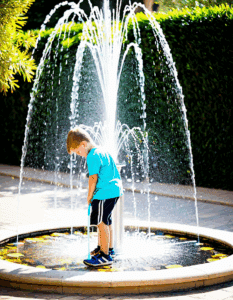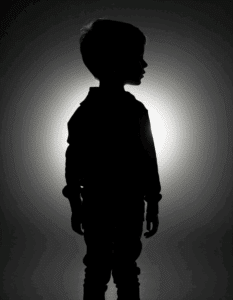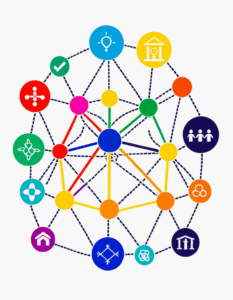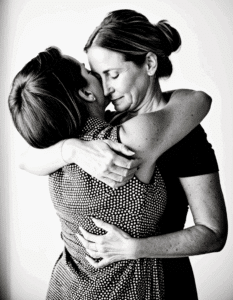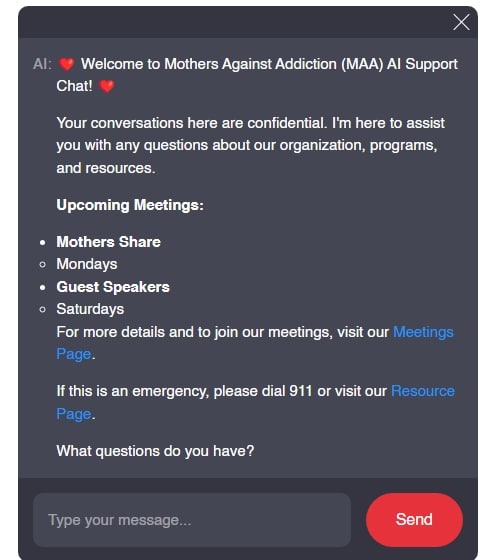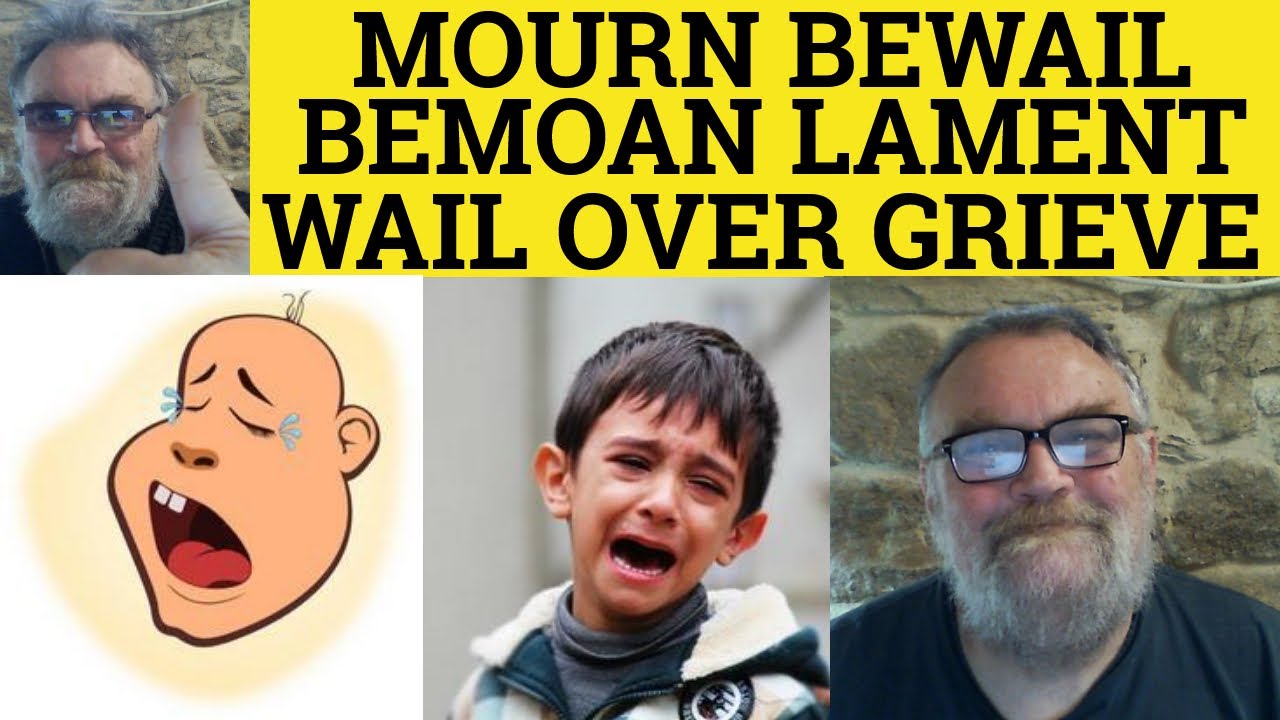
Mourning Definition: The Profound Journey of Grief
Grief is a journey filled with twists and turns — a winding road that can feel lonely, challenging, and complicated. Particularly when a loved one battles addiction or when addiction tragically claims a life, this journey is marked by deep emotional scars and often unmeasurable pain. In situations like these, understanding the mourning definition becomes pivotal for parents seeking solace. Mourning is more than saying goodbye; it’s about acknowledging the emotional complexity that comes with losing someone important to addiction.

Understanding Mourning Definition Through Emotional Complexity
Mourning isn’t just sadness; it’s an intricate tapestry of emotions that can weigh heavily on the heart. The loss of a loved one due to addiction can ripple through family trees, altering relationships and leaving behind poignant pain patches. The depth of sorrow often intertwines with anger, guilt, and confusion, creating an emotional quilt that’s difficult to unravel.
When a parent loses a child or a loved one grappling with addiction, the emotional journey can shift rapidly. One minute you may feel anger at the world or shame about the situation, and the next, overwhelming grief may hit like a tidal wave. Recognizing this emotional complexity is the first step in understanding the mourning definition. You realize there’s no definitive route to healing but rather a myriad of feelings that deserve validation.
This multifarious emotional landscape can be likened to a kaleidoscope of feelings, reflecting different aspects of love, loss, and longing. Memories become bittersweet, reminding families of vibrant moments that have now become shadows. In these challenging times, resources like support Groups near me can offer vital comfort and understanding.

Top 7 Components of Mourning: Navigating the Landscape of Grief
Grief isn’t straightforward — it’s messy, unpredictable, and intensely personal. Here are seven crucial components that shed light on the mourning journey:
Losing a child or loved one can create an initial whirlwind of shock. It’s like being thrust into a thick fog, where clarity disappears, and the world feels surreal.
As reality sinks in, the pain can become a formidable force. This suffering isn’t just emotional; it’s a fundamental part of healing, a process that demands confrontation and exploration.
Survivors often wrestle with guilt, wondering what they could have done differently. This cycle can feel like a painful loop, akin to wearing an emotional pain patch that inhibits progress.
It’s common to experience anger during grief, whether directed toward oneself, others, or the situation itself. Recognizing this as a natural part of the mourning definition can help in processing complex feelings.
In the wake of loss, many find themselves bargaining in vain, wrestling with ‘what if’ scenarios. This stage can trap individuals in a cycle of despair, making it vital to acknowledge these emotions without judgment.
Eventually, acceptance emerges as a reality, allowing families to move forward without forgetting. It’s about integrating the memory of a loved one into the tapestry of everyday life.
Many families seek to channel their grief into meaningful pursuits, perhaps advocating for addiction awareness or sharing their stories. This transformation can change sorrow into purpose, spurring healing and connection.
Through understanding these components, parents can begin to pave a path through grief, utilizing resources like for support and guidance.

The Melancholy Definition: Exploring Grief’s Emotional Language
Melancholy captures a profound layer of sadness that often underpins the mourning definition. It describes a deep, lingering sorrow that resonates through the mourning process. For parents of children lost to addiction, this melancholy can serve both as a burden and an emotional bond connecting them to their loved ones.
Families may find themselves sitting alone, lost in memories that taste both sweet and bitter. They remember laughter and shared dreams, but those memories can ignite a profound sadness that’s hard to shake. Here, recognizing and embracing melancholy becomes crucial; it’s a way of honoring the depth of love shared while acknowledging the pain of loss.
When weaving through this emotional language, consider seeking solace in community. Sharing stories and memories with others can dissolve feelings of isolation and transform melancholy into moments of togetherness. Organizations like Mothers Against Addiction offer supportive environments for families grappling with the intricacies of loss.

Emotional Connection: The People Synonym of Grief
Navigating this journey alone can feel like an uphill battle; but people — those we connect with through laughter, memories, and shared tears — bring invaluable support. Friends, family, and communities serve as vital anchors in the turbulent seas of grief.
When loss strikes, it’s crucial to reach out to those around you. Building a network helps create a safety net, transforming the weight of mourning into collective strength. Sharing memories and opening lines of communication helps connect hearts and foster healing. Websites like can be fantastic resources for building such support systems.
By engaging in heartfelt conversations, parents can lighten their burdens. These connections remind us that we are never truly alone; grief is a shared experience that binds us together. It’s essential to lean on one another to navigate the ups and downs of mourning, ultimately forming a more profound bond that can withstand even the hardest of storms.
Analyzing Dash Covers: A Unique Perspective on Mourning
Grief can resurface unexpectedly, but like dash covers that protect a car from the elements, safeguarding ourselves emotionally is essential. Protecting memories helps shield our hearts from more pain. It serves as a proactive approach, allowing families to embark on their healing journeys rather than merely reacting to pain.
Resources — such as counseling services and peer support groups — act like these dash covers. They provide safe spaces to explore emotions and share experiences without judgment. Utilizing tools available can ease the burdens of grief and foster a healthier approach to loss.
Finding avenues for expression is fundamental. Whether through art, writing, or community involvement, these activities become protective elements, helping transform raw pain into constructive outlets. By doing so, families can find paths leading toward healing while preserving cherished memories.
The Substance Reviews: Reflecting on the Impact of Addiction
Addiction’s emotional toll can complicate the mourning process, creating a whirlwind of feelings that collide like stormy seas. Anxiety, despair, and confusion become all too familiar for families navigating addiction-related losses. Each individual’s journey is unique, yet many express the same underlying sentiments.
Memorizing the lives of those lost becomes crucial in the healing process. Families may establish memorials, engage in advocacy, or share their stories in community forums to honor loved ones. Not only does this foster healing, but it transforms grief into action, shining light on the path to hope.
Their experiences often unveil how addiction leaves both emotional and physical scars, echoing in their lives long after the loss. Reflecting on the impact of addiction through such narratives can provide insights that others may relate to. Websites like can serve a resource showcasing untold stories, promoting dialogue and understanding.
Merging Grief and Growth in the Journey of Mourning
Transcending through the mourning definition, grief becomes more than a period of sadness — it unfolds into a complex interplay of emotions, connections, and growth opportunities. This evolution carries us into deeper understandings of love while embracing the significant impact of our experiences.
Although navigating grief feels daunting, it also holds the promise of profound healing. Merging the legacies of those lost into our lives can spark resilience and foster reconnections. When we mourn with shared understanding, we can truly begin to grow, reminding ourselves that healing is not linear — but a dynamic journey of love, loss, and ultimately, hope.
Through the intertwined journeys of grief, we find solace in community and healing. Realizing we’re not alone is transformative; together, we can navigate the intricate path of mourning and emerge with a renewed sense of purpose, fortified by love and shared experiences.
To learn more about support, be sure to check out resources such as Plan b pill Near Me and Support Groups Near Me, which can offer additional layers of healing and connection. Each step taken in this journey not only honors our loved ones but also paves the way for a future filled with possibility. Together, we can navigate the depth of mourning and emerge stronger than before.
Mourning Definition: The Profound Journey of Grief
A Closer Look at Mourning
When we think about the mourning definition, it’s not just about the tears we shed or the silence that fills the room. Mourning is a complex process that extends beyond our immediate feelings; it can be deeply influenced by our cultural practices, personal beliefs, and even the hidden stories of our triumphs and losses. Speaking of losses, did you know that many families find solace in common activities? For example, they often enjoy outings with family-friendly experiences, like the best cruise Lines For Families, where laughter can echo through the waves, providing a much-needed respite from heavy hearts.
Grief shapes our lives in strange ways. One interesting aspect of grief is how it can resurface unexpectedly. Take, for instance, a song or a film that stirs up memories long buried—sometimes all it takes is the mention of a name, like Carol From The Walking Dead, to evoke feelings we thought were long gone. This depth of emotion highlights that although sadness can feel isolating, many carry similar experiences. It reminds us to lean into these moments—as hard as they may be—and connect with one another during the inevitable ups and downs.
The Journey of Mourning: Some Fun Facts
Engaging with the mourning definition can be enlightening! Consider fun facts like how communities have historically created unique rituals to honor those who have passed. Some cultures even incorporate elements like poetry or music, akin to finding a butterbean boxer that brings laughter during tough times. Rituals provide a framework for expression, allowing us to combine pain with joy in shared experiences. On that note, have you ever explored the variety of words that go hand in hand with grief? A simple crisis synonym can sometimes uplift or change the narrative around loss, offering fresh perspectives when acknowledging our feelings.
When we examine the mourning definition, it reveals the importance of sharing stories and connecting one’s experiences with those around us. For parents struggling with the loss of a child to addiction, resources like My Social are invaluable, creating a network of support and understanding. Life can feel like being locked away in a Liam Payne hotel room, where every corner holds reminders of what once was. However, finding communal ties can transform that feeling of isolation into one of solidarity and hope, making the journey of grief just a tad less daunting.









